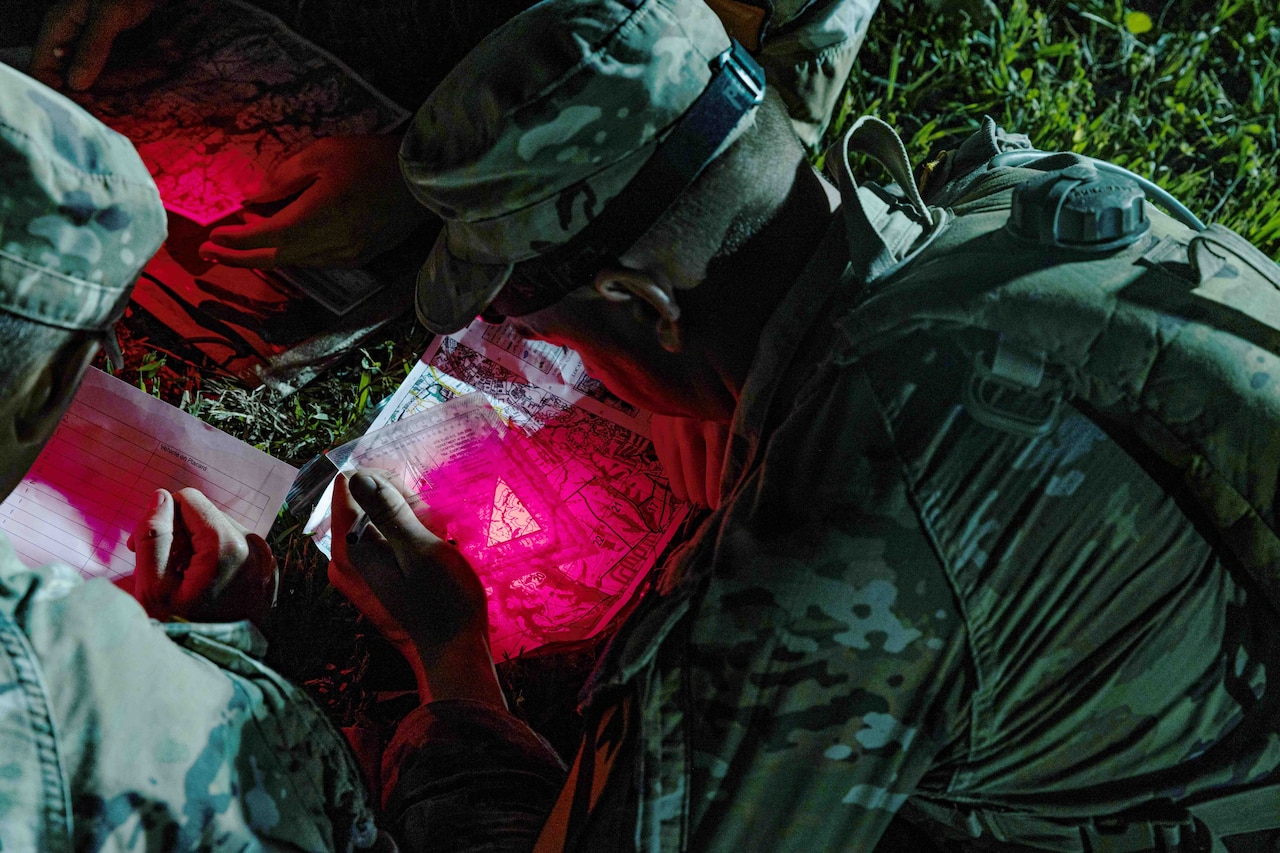Face of Defense: Officer's Career Takes Off in Space Force
Army Lt. Col. Charles E. Capehart > U.S. Department of Defense > Story
 Army Lt. Col. Charles E. Capehart took command of his regiment during a crucial moment of the Civil War. Shortly after the Battle of Gettysburg, he chased down fleeing Confederate troops, leading to the capture of hundreds of prisoners and supplies. For
Army Lt. Col. Charles E. Capehart took command of his regiment during a crucial moment of the Civil War. Shortly after the Battle of Gettysburg, he chased down fleeing Confederate troops, leading to the capture of hundreds of prisoners and supplies. For Soldiers Participate in Land Navigation Competition > U.S. Department of Defense > Story
 Soldiers assigned to the 3rd Armored Corps conducted land navigation exercises as part of the unit's Best Squad Competition at Fort Riley, Kansas.
Ten units from within the corps are taking part in the event.
The soldiers are all gunning for the opportunity
Soldiers assigned to the 3rd Armored Corps conducted land navigation exercises as part of the unit's Best Squad Competition at Fort Riley, Kansas.
Ten units from within the corps are taking part in the event.
The soldiers are all gunning for the opportunity